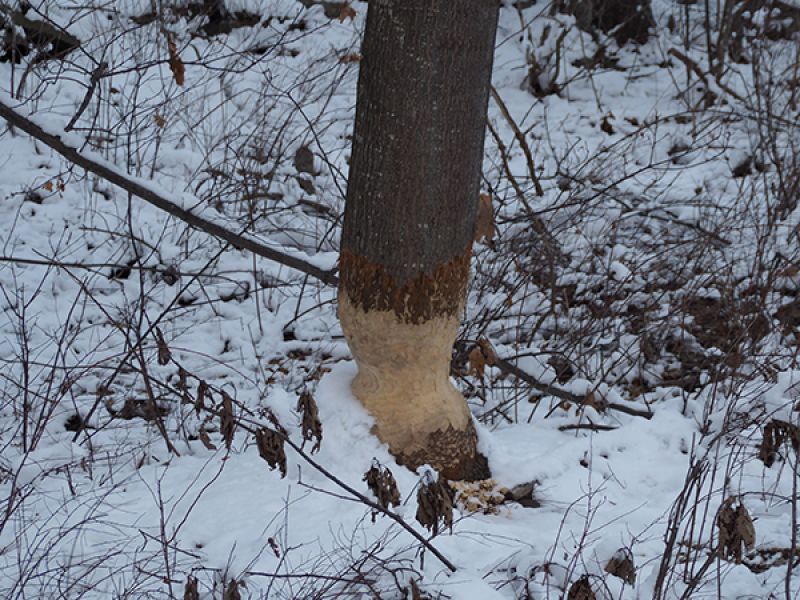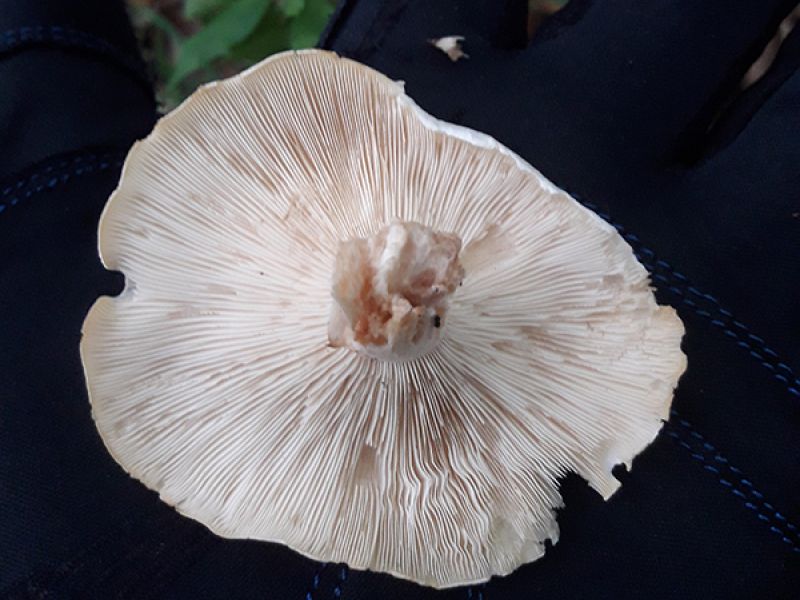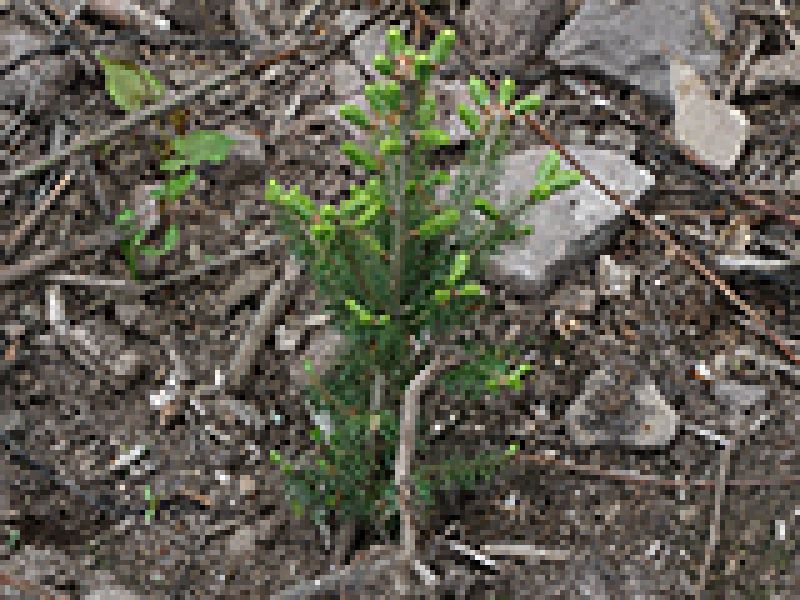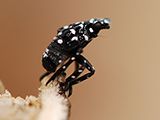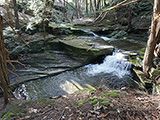This week on MyWoodlot, the Agroforestry Resource Center of CCE Columbia Greene describes how you can promote biodiversity in your backyard.
Successful stewarding of one’s property to preserve and enhance biodiversity has impacts that go far beyond a backyard. For example, the development of a riparian buffer – or a vegetated area along a stream – provides habitat for wildlife, stabilizes stream banks, helps to filter water from pollution, and allows cool-water fish species to thrive. Similarly, by establishing diverse vegetation on a property, one has the opportunity to enhance wildlife and promote a healthier environment.
Preserving Forests in Your Backyard
Few property owners focus on promoting the biodiversity of forested areas. Many landowners maintain their woodlot by clearing the understory of any growth, creating a park-like environment. This practice destroys tree regeneration and removes habitat crucial to beneficial wildlife. Instead, allowing the forest to grow naturally or carefully thinning to encourage healthy trees is ideal. Brush piles, rock piles, rotting logs, and standing dead trees also provide habitat for many species. While unsightly to some, safely-located standing dead trees in particular provide habitat for cavity-nesting birds. A multi-layered forest that has both old trees, thickets, and open areas provides habitat for diverse plants and animals.

Beauty in a natural forest.
While older, shadier forests are typically lower in biodiversity than sunnier forest edges, it is important to maintain older forests, especially when it functions as a riparian buffer or forms a larger forest corridor. Fragmented forest environments, which are often created by scattered houses on cleared land, prevent wildlife such as native nesting birds from successfully breeding. The loss of old forest may also increase tick populations by providing rodent and deer habitat and less for predators.
Removal and replacement of invasive species may also reduce tick populations and help a forested backyard to regenerate naturally. Many invasive tree and shrub species provide food for migrating and wintering birds, but may outcompete native species with similar functions, thus lowering the diversity of species and overall health of the ecosystem.
Hudsonia provides some excellent guidelines for stewarding one’s backyard for biodiversity:
- Preserve or promote (by planting or allowing natural regeneration) native tree species. Where safety allows, leave dead trees standing and let fallen trees to decay in place.
- Leave parts of the yard unmanaged (without mowing, understory clearing, etc.) to increase wildlife.
Beauty in Chaos
Manicured lawns, single-species hedgerows, and even backyard ponds are ecological deserts. These overly managed habitats fail to deliver the wide range of benefits that can be provided by a natural backyard. Such areas do not provide support for wildlife and lead to nutrient runoff and erosion. Ecologically, these landscapes serve only as wasted space.

Wildflower diversity benefits pollinators and adds natural beauty. Photo by the U.S. Fish and Wildlife Service.
“Beauty in chaos” refers to the beauty – both aesthetic and ecological – found in a well-stewarded backyard. Such a landscape may look chaotic because of the diversity of plant species present, but it delivers numerous benefits. Mowing less frequently allows for wildflower growth, providing excellent habitat for open habitat species. A landscape with a higher diversity of wildflowers attracts beneficial pollinators and provides beautiful blooms for the entire growing season.
Besides grasses and wildflowers, many native shrubs look beautiful year-round while simultaneously providing habitat for wildlife. A list of native ornamental plants that support bird species can be found here. Shrubs also keep our watersheds clean by stabilizing the banks of ponds, creeks and rivers.
Landowners interested in preserving and promoting biodiversity in their backyards have many resources available, both published and online. Organizations like Wild Ones provide a wealth of information about encouraging biodiversity in your backyard. Learn to see beauty in a multi-layered, wild forest or the “chaos” of a habitat-rich backyard. You will be well awarded with a cleaner, healthier, more biodiverse environment with so much to see year-round!
Book Resources:
- Darke, Rick and Doug Tallamy. The Living Landscape: Designing for Beauty and Biodiversity in the Home Garden.
- Leopold, Donald J. Native Plants of the Northeast: A Guide for Gardening & Conservation.
- Summers, Carolyn. Designing Gardens with Flora of the American East.
- Tallamy, Douglas. Bringing Nature Home: How You Can Sustain Wildlife with Native Plants
- VanBrakle, Josh. Attracting Wildlife to Your Backyard
